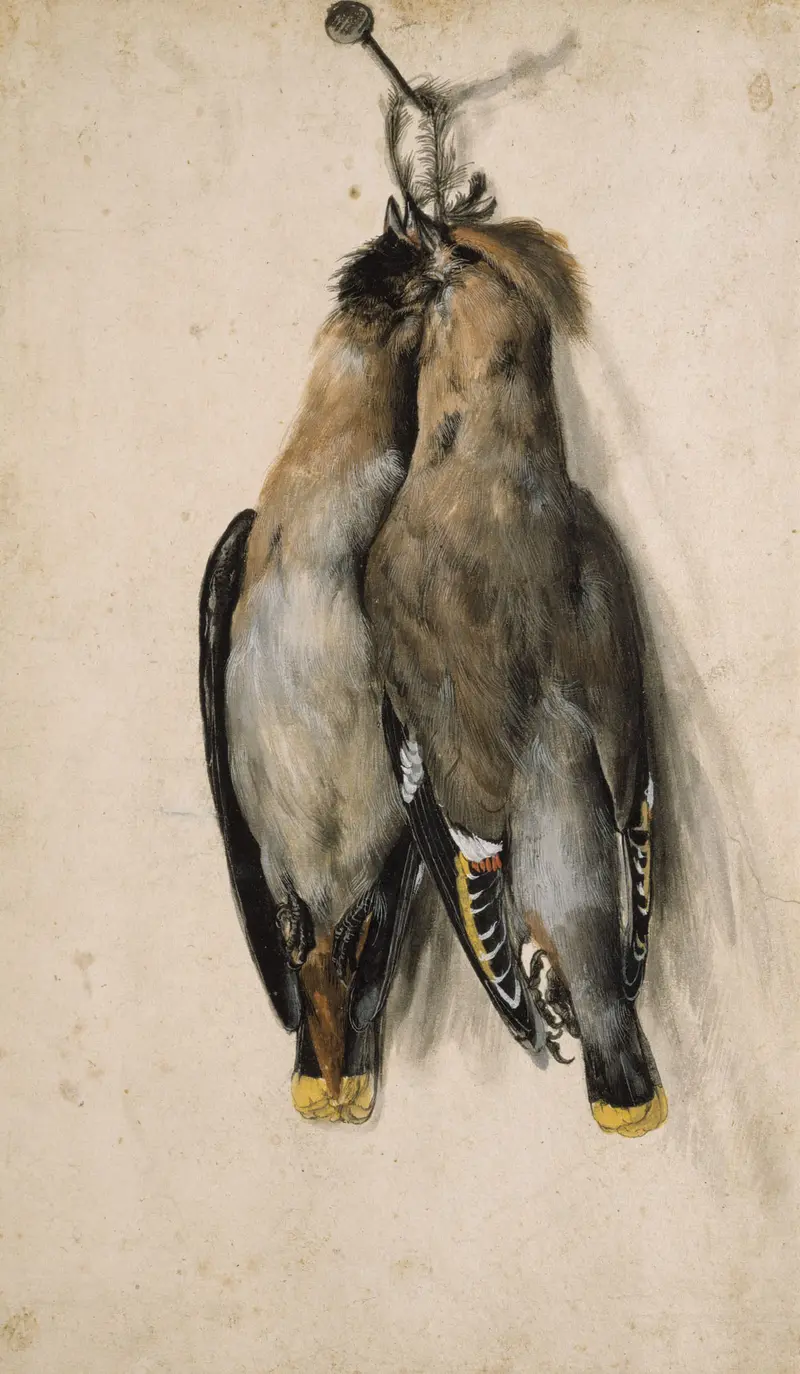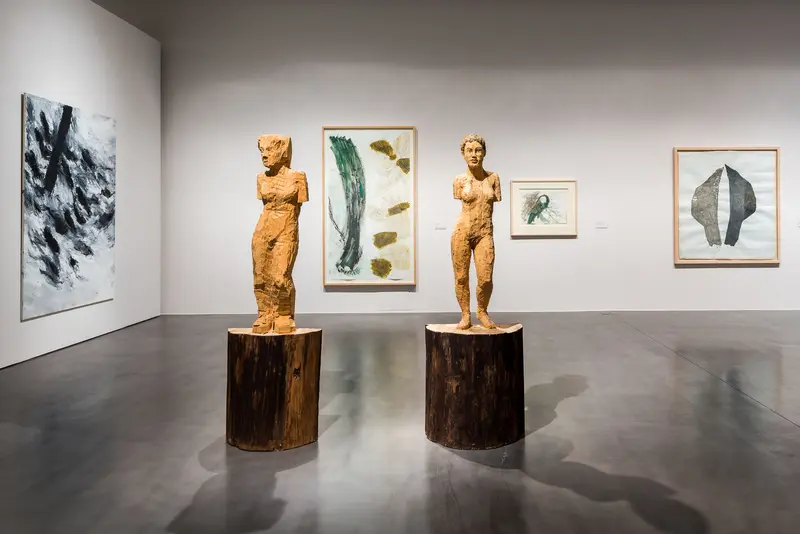Quote
Dresden’s Kupferstich-Kabinett is a museum in which the world is at home; it is an open place to look, learn and enjoy.
Dresden’s Kupferstich-Kabinett is a museum in which the world is at home; it is an open place to look, learn and enjoy.

As early as the sixteenth century, Saxon rulers began to collect works on paper. They were looking not so much at the artistic quality of the works, but were interested more in creating a kind of centre for pictorial documentation which would bring together knowledge and conceptions of the world.
It was August the Strong who in 1720 divided the holdings into several special museums so that, alongside the natural science collection and the library, the Kupferstich-Kabinett also took shape – the oldest special museum for works on paper in the German-speaking world. In the course of the eighteenth and nineteenth centuries, the Kabinett developed from a courtly “centre of documentation” to an art museum showcasing prints and drawings from all schools and operating at an international level. As early as 1899, the museum established a department for art photography: Again, it was one of the first museums in the German-speaking world to do so.
The rise of National Socialism brought with it a great loss for the collection: 381 items, especially Expressionist works by artists such as Ernst Ludwig Kirchner, fell victim to the “degenerate art” campaign. Beginning in 1940, parts of the collection were moved to safe storage and thus survived the bombing of Dresden. After the Second World War, ninety percent of the works were transported by the Red Army to the Soviet Union. In 1958, the majority of these were returned. Today, approximately 50,000 sheets have been identified as works that could not be located after 1945, having gone missing as a result of the war.

In 2004, the Kupferstich-Kabinett was the first collection to move back into the Dresden Residenzschloss (Royal Palace), occupying storage and exhibition spaces as well as the Study Room. Since then, visitors have been able to go to the third floor to experience the uniqueness of the high-quality works in special exhibitions and to request to be shown selected works in the Kabinett’s Study Room.
Since the 1950s Günther and Annemarie Gercken have been collecting contemporary prints, paintings and sculptures. In April 2016 they gave a large part of their collection to a foundation that is based at the Staatliche Kunstsammlungen Dresden.
